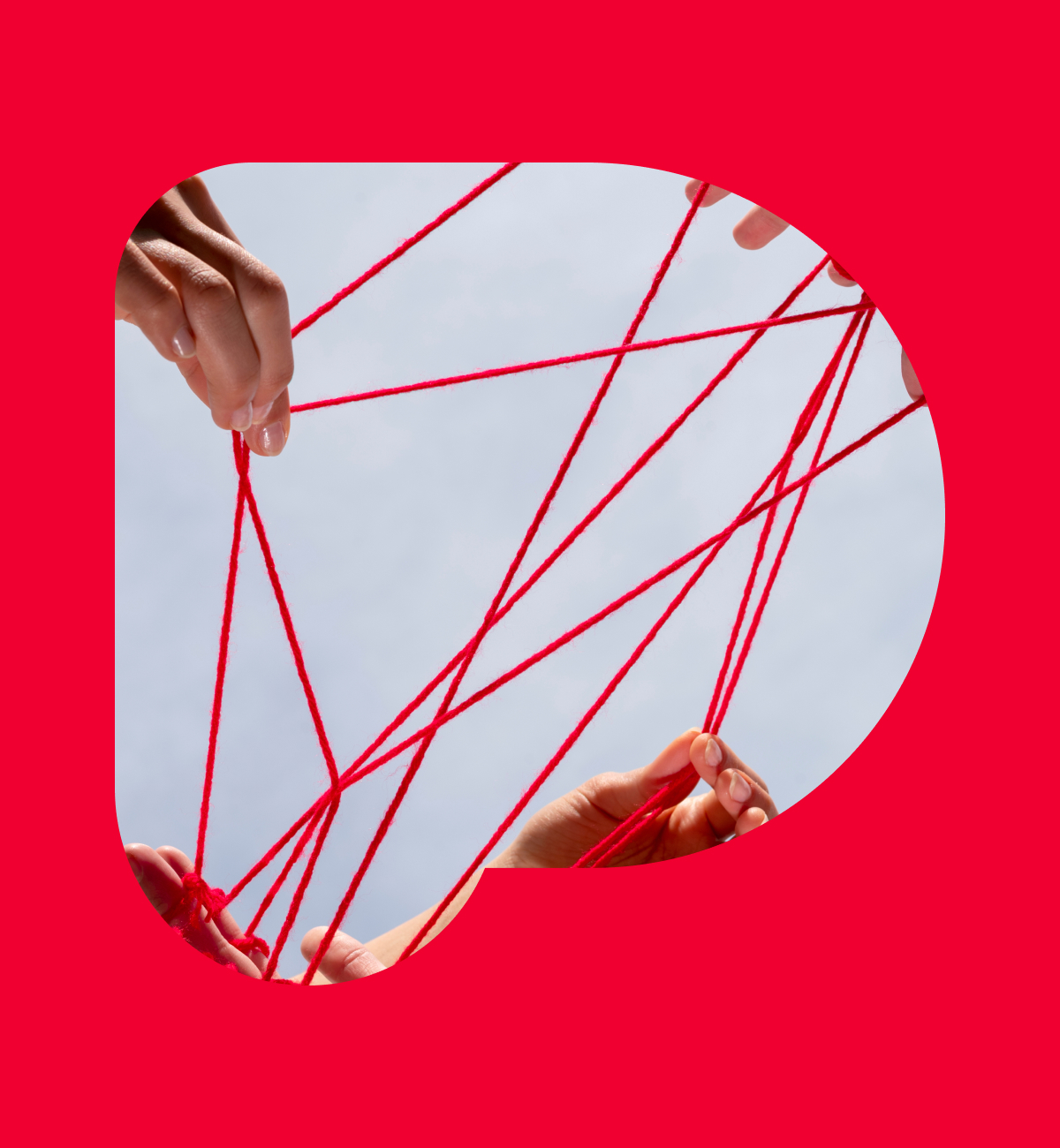Social media platforms are very powerful tools for brands. And while their primary use is for sharing content and customer engagement, there are ways to use social media platforms to drive sales. Here we discuss 4 ways brands can use social media to make their cash registers ring.
Identify the correct platform to activate.
Different social media platforms are utilized in different ways by different audiences. Knowing what you want to say is great, but knowing where best to say it is equally important. Your message, your offer and your desired audience should dictate which social channel you choose to activate. While not all social channels will directly drive in-store sales, all platforms should be used in ways to help you reach this goal. To get the right social media mix, you need to analyze each social channel to determine where your audiences are and how they behave on the platform. Then tailor your campaign messaging and calls-to-action accordingly.
Use your social media channels to showcase your brand’s voice.
Social media platforms give brands the opportunity to speak directly to their followers, fans and the public at large. In fact, 60% of consumers engage with brands across their social channels before making a purchase. By consistently using your brand’s voice across all channels, your current and potential customers will better understand who your brand is, how you speak, and what you stand for to determine whether or not they want to engage, interact, and ultimately purchase something from you. That’s not to say you say the exact same things in the exact same ways across all channels. There is a time and a place to let your brand’s hair down if you will. For example, Wendy’s brand voice on Twitter is notoriously irreverent, sarcastic and even combative, whereas their voice on Facebook, while still fun and irreverent, dials down the combativeness and dials up the legit customer service responses.
Make your store accessible and shoppable directly on social media platforms.
Of all the retail social media tips, this one is a bit of a no-brainer, but critical to driving sales, both online and offline: make sure customers can access your store without leaving their current social media platform. At the very least, you should provide your store’s key information on all of your social channels—URL, physical address, phone number, hours of operation, etc. But various social channels now offer ways to showcase and sell your products within their platforms. For example, Instagram allows you to create a shoppable feed where users can view and purchase tagged products within lifestyle images and checkout without ever leaving the app. Your online efforts pay dividends offline as well. After following a brand on social media, 84% of people will visit the brand’s physical store closest to their home.
Increased Reach through paid ads.
As social media feed algorithms continue to evolve and organic reach declines, paid social advertising is a great way to reach your desired audiences. Most social media platforms provide the powerful ability to create custom audiences to advertise to that can greatly increase traffic to your business. With an effective paid social media strategy, you will be able to see tangible data and results that could provide key insights into your overall target audience and positioning in the marketplace. You can even tailor ads to specific objectives like click-throughs, reach, impressions and engagement. These tools allow you to truly streamline your message and customize your ads to make them extremely effective with the audiences that matter to your brand.
We hope you find these tips helpful, but if you need assistance with retail social media marketing, don’t hesitate to reach out—407-841-2299.



































